Managing a fleet is costly. The price of maintenance alone can take a significant chunk out of your bottom line. When looking for ways to save money, tire retread is a useful practice. Retreaded tires cost significantly less than new ones. Plus, the tire retread process is easier on the environment than dumping old tires in landfills and buying new. It’s true that tire debris on highways has given retreads a bad rap, but the advantages of retreading can outweigh the disadvantages.
The tire retread process replaces the tread on used tires. There are two methods for replacing tread: pre-cure and mold cure. Additionally, there are two mold curing processes. They all start with an assessment of the tire to ensure it is in usable condition. Tires with no tread or cords showing aren’t usable. Part of the inspection locates embedded fragments and hard to see damage, too, then it’s buffed to remove what’s left of the tread.
Tires with quality casings in good condition can undergo the tire retread process several times.
With the pre-cure method, the casing gets a new tread strip. This type of tire retread is obvious. Just look for the telltale seam that reveals where the two ends of the strip join together.
The first type of mold curing involves affixing raw rubber to the casing. Then, a mold imprints new tread on it. The second type of mold curing goes a couple of steps further. It also includes applying tire retread to the sidewalls. Additionally, new stamps and branding are provided.
Tire retread has its good and bad points. However, some “cons” are outdated or undeserved. For example, many people assume the broken up rubber littering highways are failed retreads. This has led to re-manufactured tires getting a reputation for being unsafe. The truth is that about 68 percent of that tire debris is actually new tires, not retreads.
Many drivers may feel that re-manufactured tires are less stable at high speeds and perform poorly.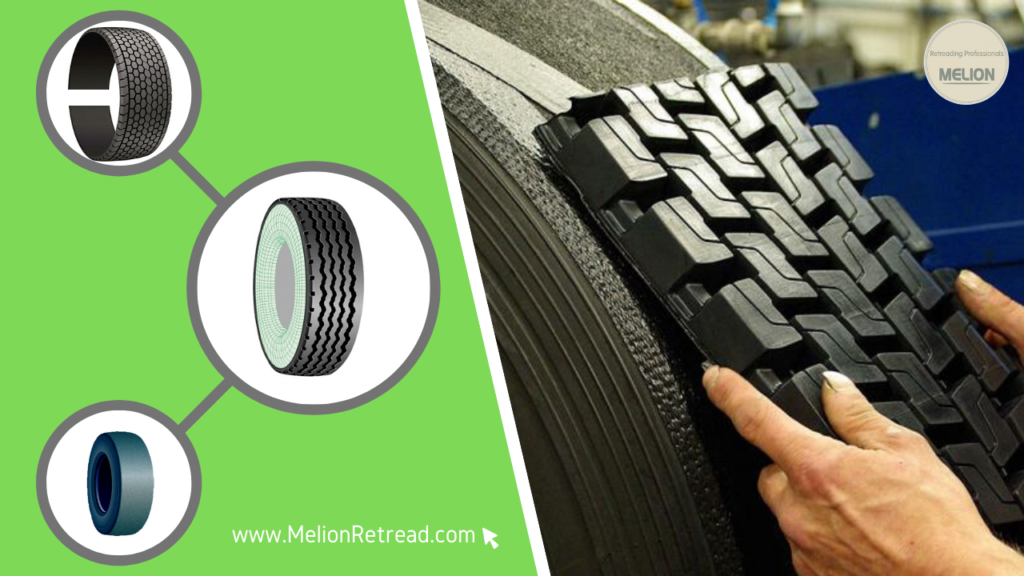 Those arguments may have been true in the past, but no longer apply. Today’s tire retread processes produce tires that can go the distance if drivers and fleet managers maintain proper inflation and keep an eye on the tread as it wears down.
Those arguments may have been true in the past, but no longer apply. Today’s tire retread processes produce tires that can go the distance if drivers and fleet managers maintain proper inflation and keep an eye on the tread as it wears down.
One argument against retreading tires that can partially stand is that remanufactured tires are inferior quality. However, it depends on who did the retreading. A little research is all it takes to find a reputable company that does a quality job recapping tires.
One of the biggest reasons for using retreaded tires is that they significantly reduce the cost per mile of a fleet’s tires. First, tire retread costs a fraction of the price of a new tire. Second, it’s possible to retread a tire several times, extending its life to nearly 600,000 miles. Those issues combined can reduce the cost of a tire by one half and up to two-thirds.
Then there’s the green aspect. Retreading tires keeps them out of landfills longer. That means fewer chemicals leaching into the environment and less space taken up by slowly decomposing rubber. What’s more, tire retread uses less oil than manufacturing new tires—only 7 gallons versus 22 gallons. That translates to conserving 45 gallons of oil by retreading one tire three times.
That means fewer chemicals leaching into the environment and less space taken up by slowly decomposing rubber. What’s more, tire retread uses less oil than manufacturing new tires—only 7 gallons versus 22 gallons. That translates to conserving 45 gallons of oil by retreading one tire three times.
Although the pros of tire retread outweigh the cons, the fact is that you have to seriously commit to a tire management program for retreading to pay off optimally. Considering tires are the second largest expense a fleet has after fuel, it’s a lucrative commitment. You’ll need to perform routine inspections to check tire pressure and adjust it when necessary, as well as to keep an eye on wear and tread depth. It’s an investment in time, but it is one that will pay off in the end.
Lisa
< THE BANDAG DIFFERENCE
KEY TAKEAWAYS
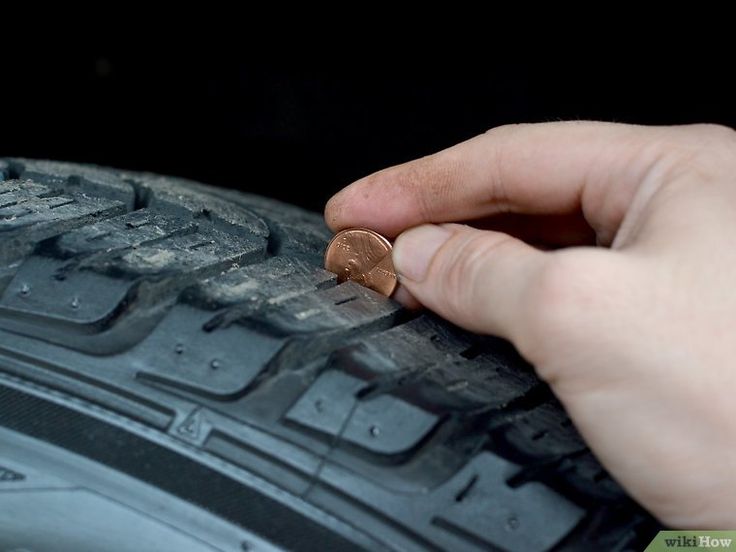
Retread tires, sometimes known as recap tires or remolded tires, have undergone a remanufacturing process to replace the worn tread on used tires with new tread to help extend the life of the tire. Retreads account for nearly one-half of all replacement tires in the North American truck tire market. They can be used on all Drive and Trailer positions as well as on steer positions in non-passenger transport vehicles.
Whether you retread your own tire casings or purchase them from a dealer, using retreads has a few notable benefits. Retreading tires is economical and environmentally friendly. Plus, retread tire quality is now better than ever.
Retread tires perform like new tires, but for a fraction of the cost.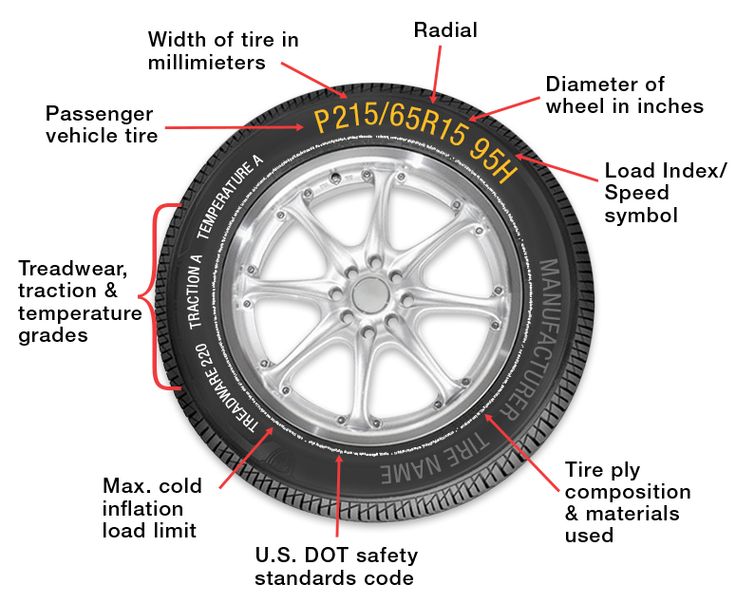 Retreads sell for about 30 to 50 percent of the comparable new tire price — a significant savings for fleets. And if you're looking to save on retread fuel efficiency, choose the Bandag FuelTech line of tires. SmartWay verified FuelTech retread products are among the lowest rolling resistance retreads available, with fuel efficiency benefits that meet or exceed many new tires.
Retreads sell for about 30 to 50 percent of the comparable new tire price — a significant savings for fleets. And if you're looking to save on retread fuel efficiency, choose the Bandag FuelTech line of tires. SmartWay verified FuelTech retread products are among the lowest rolling resistance retreads available, with fuel efficiency benefits that meet or exceed many new tires.
Producing Bandag retread tires uses 30 percent less energy and 15 fewer gallons of oil compared to new tires. We retread more than 800 tires per hour at Bandag, keeping about 7 million tires out of the waste system per year — that's approximately 300 million tires since our formation in 1957.
Along with retread tire benefits, there are also retread tire myths and untruths. You may have heard myths about the quality, reliability, and longevity of recapped tires, asking questions like "Are retread tires safe?" or "How are retread tires made?" With new tire retreading tools and manufacturing methods, retread tires have improved significantly in recent years and are a viable option for fleet tires, truck tires, airline tires, and more.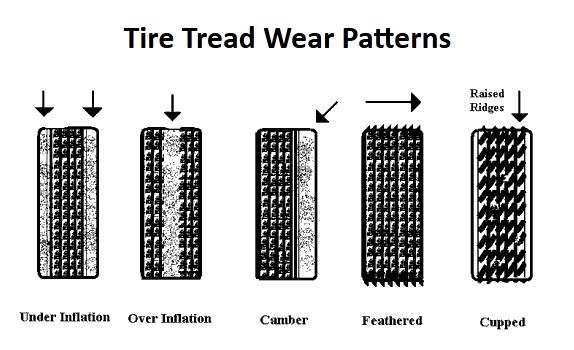 To get an idea of how retread tires have improved, take a look at a few common myths and reconsider the facts for yourself.
To get an idea of how retread tires have improved, take a look at a few common myths and reconsider the facts for yourself.
Myth #1 - Retread Tires Aren't Safe
Some people think that retread tires don't have proper structural integrity because new tread is molded over used tire casings. But casings on properly maintained tires don't experience the level of wear that tread does, so it's perfectly safe to retread the casings to extend their life.
Myth #2 - Remolded Tires Are Ugly
The appearance of a finished remolded tire has a lot to do with the skill and thoroughness of the retreader. That’s why truckers choose high-performance retread truck tires, like Bandag, that have the quality looks of a new tire.
Myth #3 - Only New Will Do
For some, tire newness is important. However, for the budget-conscious or environmentally conscious fleet manager, retread tires are a good choice and last as long as most new tires. You can expect today’s new breed of Bandag retreads to perform equal to, if not better than, a quality new tire. And they’ll certainly outperform a cheap one.
And they’ll certainly outperform a cheap one.
Myth #4 - Retread Tires Get Bad Mileage
A quality retread delivers mileage on par with many new tires. Just as new tire mileage varies widely, so does recap tire mileage. The variation is attributed to a complex mix of tread compounding, tread weight, tread design and casing structure. But remember that proper tire maintenance is key to efficient mileage.
Myth #5 - Heat Kills Retread Tires
Heat can ruin any tire, new or not. In most cases, heat buildup is due to under-inflation. That’s why proper inflation is so important, no matter what kind of tire you’re running.
It doesn’t take a genius to understand the benefits of retread tires. It’s basic math. Retreads are better on your budget. They’re better for the environment. And they’re better for your business, because they keep your trucks rolling.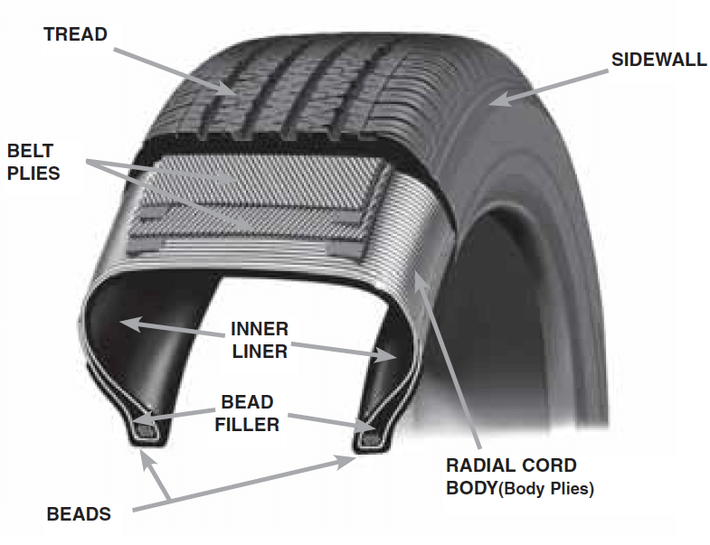 It all adds up to a smarter tire solution. Use our Savings Calculator to see just how much you could save using retread tires or, if you're ready to buy, find a Bandag dealer near you.
It all adds up to a smarter tire solution. Use our Savings Calculator to see just how much you could save using retread tires or, if you're ready to buy, find a Bandag dealer near you.
Having a profile lets you save preferred tires, technology, services and dealerships. Enjoy access to exclusive offers and easy login to all Bridgestone Commercial websites.
Create a Profile
Get the most of out of this visit to Bridgestone Commercial by signing in now.
Password
Forgot Your Password
Recipient Email Address
Press "Enter/Return" or "Space" key to validate your email. Only valid emails can be added. You can share with multiple people.
Subject
Message
Optional
Send a copy to sender's email address
This site uses cookies to enhance your user experience.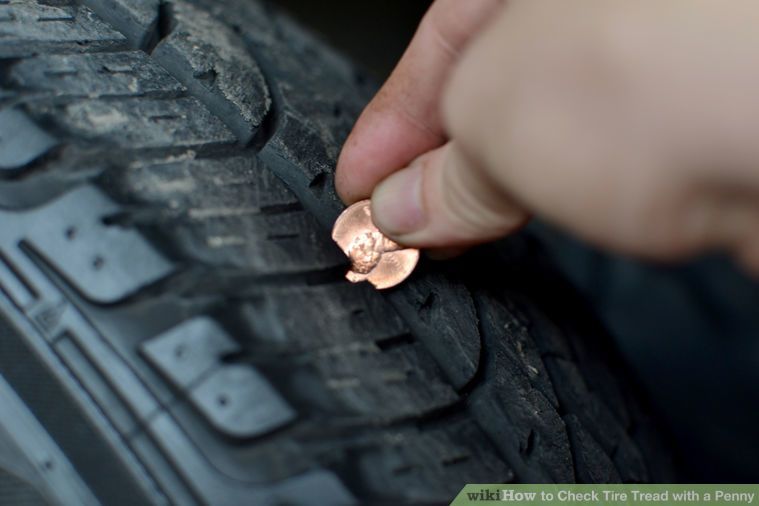 By continuing to browse our website, you agree to use these cookies. For more information on what cookies we use and how to manage these cookies please visit our Privacy policy
By continuing to browse our website, you agree to use these cookies. For more information on what cookies we use and how to manage these cookies please visit our Privacy policy
OK
In one of the previous articles, we talked about how to properly dispose of car tires. This is indeed a very serious problem, because the number of discarded but not properly disposed of tires in Russia is measured in millions of tons. Another opportunity to reduce environmental damage is the retreading of used tires.
The idea of extending the life of car tires dates back to the last century. Always and at all times, zealous car owners wanted more resource from tires. The most widespread are two technologies - the replacement of the tread tape and the so-called recutting of the tread (regruving). Those who remember the times of the USSR are probably familiar with the latest technology - during the years of total shortage it was a popular way to extend the life of tires, including cars. Of course, this happened with varying success - for example, retreaded tires could explode while driving due to the destruction of the cord.
Of course, this happened with varying success - for example, retreaded tires could explode while driving due to the destruction of the cord.
The second technology is the so-called welding, that is, the replacement of the tread tape with a new one, using a cold or hot method. Currently, this is the most popular method of tire retreading, which, however, has a number of limitations. Let's look at each technology in turn.
To begin with, the most important thing. Car tire carcasses are not designed to be reused, so they cannot be restored in any way! Everything that will be said about retreading applies only to "commercial" tires for trucks, construction equipment and buses. These tires have a strong all-metal carcass that can withstand much more than the tread, as well as a special design designed for two to three times recovery.
First, let's talk about regrooving the tread, or, as it is also called, regrowing. This is a procedure for deepening the tread with a hand-held cutting tool. Of course, this can not be done with any tires, but only with those that have the Regroovable marking.
This is a procedure for deepening the tread with a hand-held cutting tool. Of course, this can not be done with any tires, but only with those that have the Regroovable marking.
In such cases, the design of the tire implies an additional layer of rubber at the base of the tread, which allows you to deepen the pattern by about 3 millimeters, thereby “winning” another 35-40 thousand mileage. The optimal moment for recovery is tread wear up to 3 mm.
Image: Michelin
This retreading method is considered to be the most inexpensive - spending only 3-5% of the cost of a new tire on regrooving, you can get another 20-30% of the original resource.
Regrowing also has disadvantages. The success of the operation depends entirely on the quality of the framework and the skill of the specialist performing the recutting. Some tire brands allow multiple regrooving for certain models, but after that, the tread must still be replaced. In addition, in a number of countries, the installation of "undercut" tires on the front axles of buses is prohibited at the legislative level.
Retreading, or changing the tread band, is the most common way to retread truck tires, allowing them to recover at least 50-60% of their original life. Retreaded tires are widely used in all world markets, for example, in Europe they account for more than half of total sales.
Given the high quality of the tire carcass, welding can be performed repeatedly, increasing the tire life up to 450-500 thousand kilometers. Hardfacing can be cold or hot. Let's analyze the differences between these technologies.
When retreading car tires in small factories, the cold method is most often used.
Image: GoodYear
It looks like this. The worn tire is placed in a special machine, where the tread layer is removed from it with a cutter. The breaker layer is carefully inspected for defects, which are repaired using pneumatic tools. The next stage is extrusion, in which the breaker is covered with a layer of raw rubber covering all defects.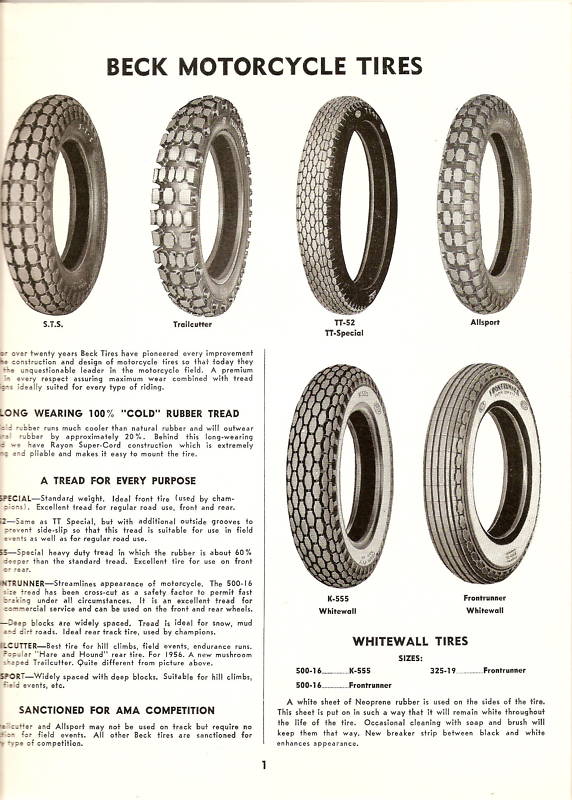 After that - another layer of raw rubber.
After that - another layer of raw rubber.
Images: Nokian Tires
Next, the tread tape is applied to the tire. As a rule, all major tire manufacturers produce such tapes, for example, Nokian Tires calls such treads Noktop and E-Tread. An interesting feature of the Noktop tread is the two-layer structure. A softer top layer provides improved traction in winter. By spring, it wears off, revealing a more rigid tread, optimal for use at positive temperatures.
Image: Nokian Tires
The assembled tire is placed in a so-called envelope, from which the air is evacuated. Next, the tires are placed in an autoclave, where, at a pressure of about 4 atmospheres at a temperature of 110 degrees Celsius, the vulcanization process takes place. As a result, the tread is tightly connected to the tire carcass.
The second technology - hot vulcanization - is distinguished by the highest quality of recovery, but due to its high cost and energy consumption, it is used only in large-scale industries.
Hot welding is performed at 180 degrees Celsius and its main difference from the cold process is that a large layer of raw rubber (including sidewalls) is applied to the prepared carcass and then vulcanized with a press -shape on the tire is formed tread pattern - just like when creating a new tire.
For example, GoodYear has this technology called TreadMax or Next Tread. Technology means not only the tape itself, but also special equipment complete with technological maps.
Hot retread tires are more expensive than cold retread tyres, but their quality and service life are higher.
Modern technologies really make it possible to provide high-quality and even repeated retreading of truck and commercial car tires. But restoration is different for restoration - an artisanal procedure, performed in violation of technology, can lead to the separation of the tread tape and the destruction of the tire carcass while driving.
That's why, when choosing retreaded tires, contact only certified suppliers who work according to official factory technology and comply with all necessary quality standards. Buying “nameless” retread tires can be too expensive!
In Germany, the winter tire law actually came into force at the end of 2010. According to the regulations, when driving on ice or packed snow, the car must be equipped with appropriate winter tires. Otherwise, the driver faces a fine, and in case of an accident, CASCO insurance will be paid only partially or not paid at all.
Many drivers find retreaded tires a worthy alternative to expensive new tyres: retreaded tires cost about half the price.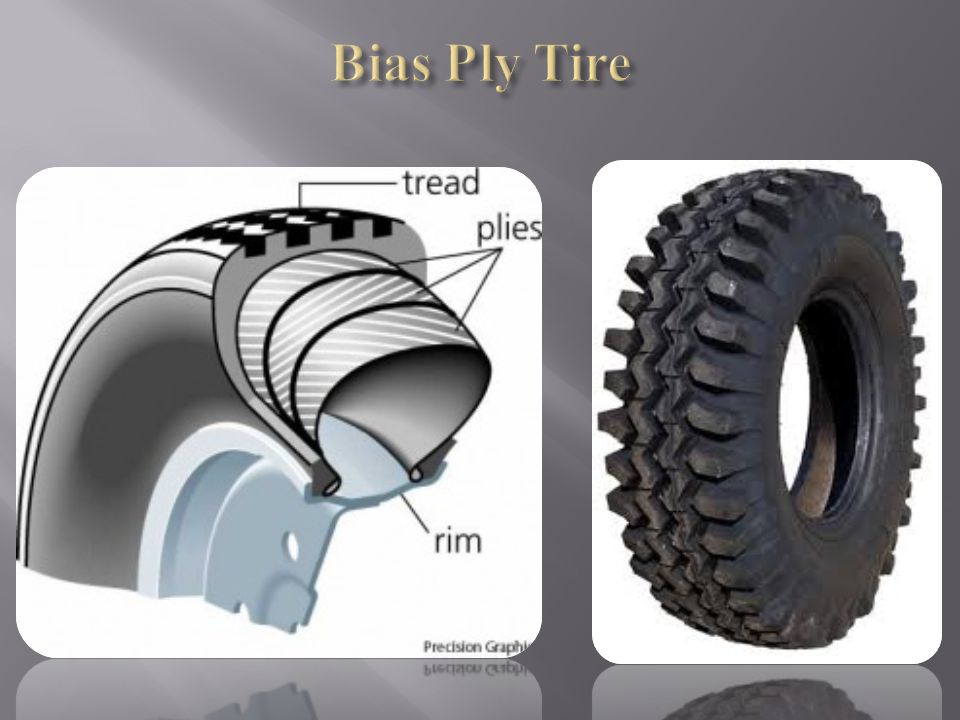 But how good are secondhand tires in snow, slush or wet roads? The Technical Inspection Organization (GTÜ), together with the Automobile Club of Europe (ACE), decided to find out and test three retreads against new tyres.
But how good are secondhand tires in snow, slush or wet roads? The Technical Inspection Organization (GTÜ), together with the Automobile Club of Europe (ACE), decided to find out and test three retreads against new tyres.
In the snow test, the Respa Ökon MS 790 was a surprise: thanks to the very soft rubber compound, this rebuilt model showed as good lateral slip as today's new tyres. The MS 830 from the same manufacturer behaved slightly worse. The Rigdon Winter Ass 181 were far behind. But in general, the retreaded tires did not disappoint with their behavior on snow.
But what is their behavior on wet roads? Retreaded tires are perfectly protected from a car floating on a water film - hydroplaning. All the more disappointing was the braking and handling test in corners. The braking distance of the best of the restored models turned out to be 10 meters longer than that of new tires. Unacceptable result! Handling on wet roads was also far from ideal. The Rigdon Winter Ass periodically lost traction, and the MS 830 completely changed the behavior of the test car: the rear of the test Volkswagen Golf kept drifting in the opposite direction from the turn..jpg)